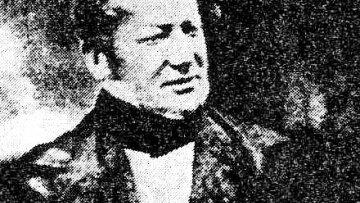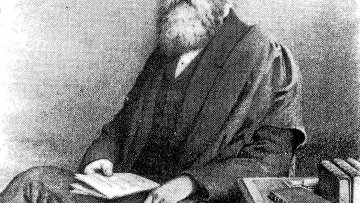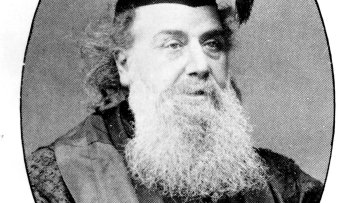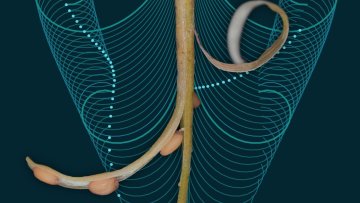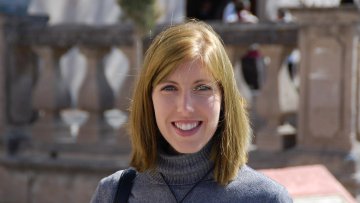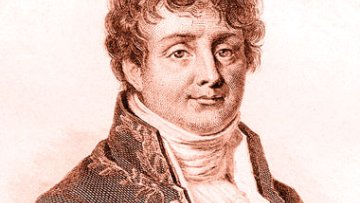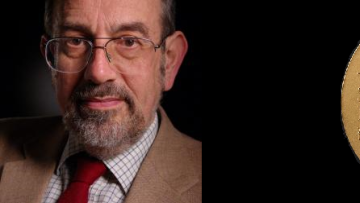Our latest Oxford Mathematicians are the three Savilian Professors of Geometry who dominated Oxford’s mathematical scene during the Victorian era: Baden Powell (1796–1860), Henry John Stephen Smith (1826–83) and James Joseph Sylvester (1814–97). None was primarily a geometer, but each brought a different contribution to the role. Find out more.
Matrix factorisation of Morse-Bott functions
Abstract
For a holomorphic function (“superpotential”) W: X —> C on a complex manifold X, one defines the (2-periodic) matrix factorisation category MF(X;W), which is supported on the critical locus Crit(W) of W. At a Morse singularity, MF(X;W) is equivalent to the category of modules over the Clifford algebra on the tangent space TX. It had been suggested by Kapustin and Rozansky that, for Morse-Bott W, MF(X;W) should be equivalent to the (2-periodicised) derived category of Crit(W), twisted by the Clifford algebra of the normal bundle. I will discuss why this holds when the first neighbourhood of Crit(W) splits, why it fails in general, and will explain the correct general statement.
Plants use many strategies to disperse their seeds, but among the most fascinating are exploding seed pods. Scientists had assumed that the energy to power these explosions was generated through the seed pods deforming as they dried out, but in the case of ‘popping cress’ (Cardamine hirsuta) this turns out not to be so. These seed pods don’t wait to dry before they explode.
Finding CAT(-1) structures on groups
Abstract
I will describe a method to find negatively curved structures on some groups, by manipulating metrics on piecewise hyperbolic complexes. As an example, I will prove that hyperbolic limit groups are CAT(-1).
Oxford Mathematician Heather Harrington has been awarded a Royal Society University Research Fellowship. The fellowships recognise outstanding scientists in the UK who are in the early stages of their research career and have the potential to become leaders in their field.
The Fourier transform is that rarest of things: a mathematical method from over 200 years ago which not only remains an active area of research in its own right, but is also an invaluable tool in nearly every branch of mathematics. Though originally developed by Fourier in 1807 to help solve certain partial differential equations, the transform is a living example of a remarkable feature of mathematics, that a tool created in one sub-discipline can break through these artificial classifications and become vital in another.
Professor Nigel Hitchin FRS, Savilian Professor of Geometry in the Mathematical Institute, University of Oxford has won the prestigious Shaw Prize in Mathematical Sciences for, in the words of the Prize Foundation "his far-reaching contributions to geometry, representation theory and theoretical physics. The fundamental and elegant concepts and techniques that he has introduced have had wide
11:00


